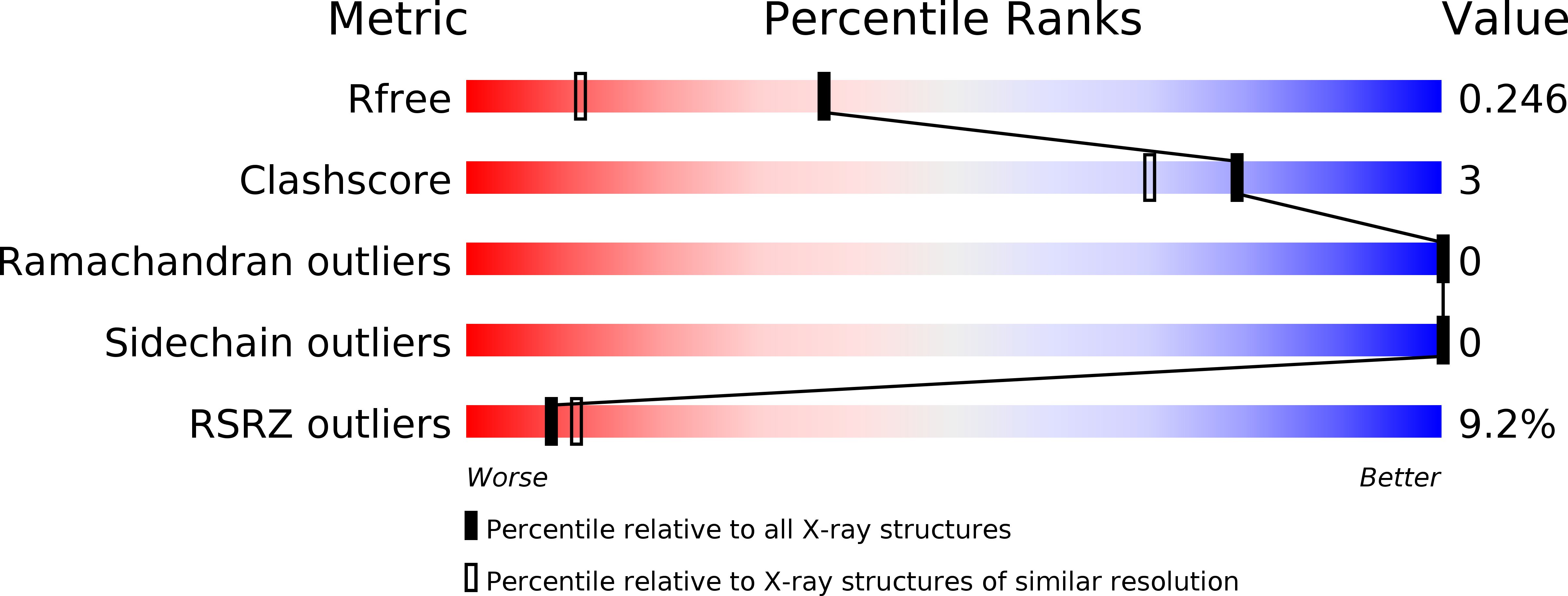
Deposition Date
2018-11-30
Release Date
2019-11-06
Last Version Date
2023-10-11
Entry Detail
Biological Source:
Source Organism:
Agrobacterium tumefaciens (Taxon ID: 358)
Host Organism:
Method Details:
Experimental Method:
Resolution:
1.76 Å
R-Value Free:
0.24
R-Value Work:
0.21
R-Value Observed:
0.22
Space Group:
P 1 21 1


